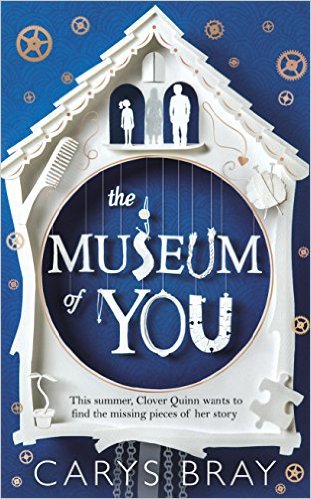Download links for: Creating Innovators: The Making of Young People Who Will Change the World


Reviews (see all)
Write review
Interesting premise: how do you "teach" innovation. However the book was repetitive.
LOVED IT. Anyone in education or raising children should definitely read this!
The author made some interesting points, but I wouldn't say it's a must read.
Every parent, educator and employer should read this book.
Other books by Nonfiction
Other books by Tony Wagner
Related articles












